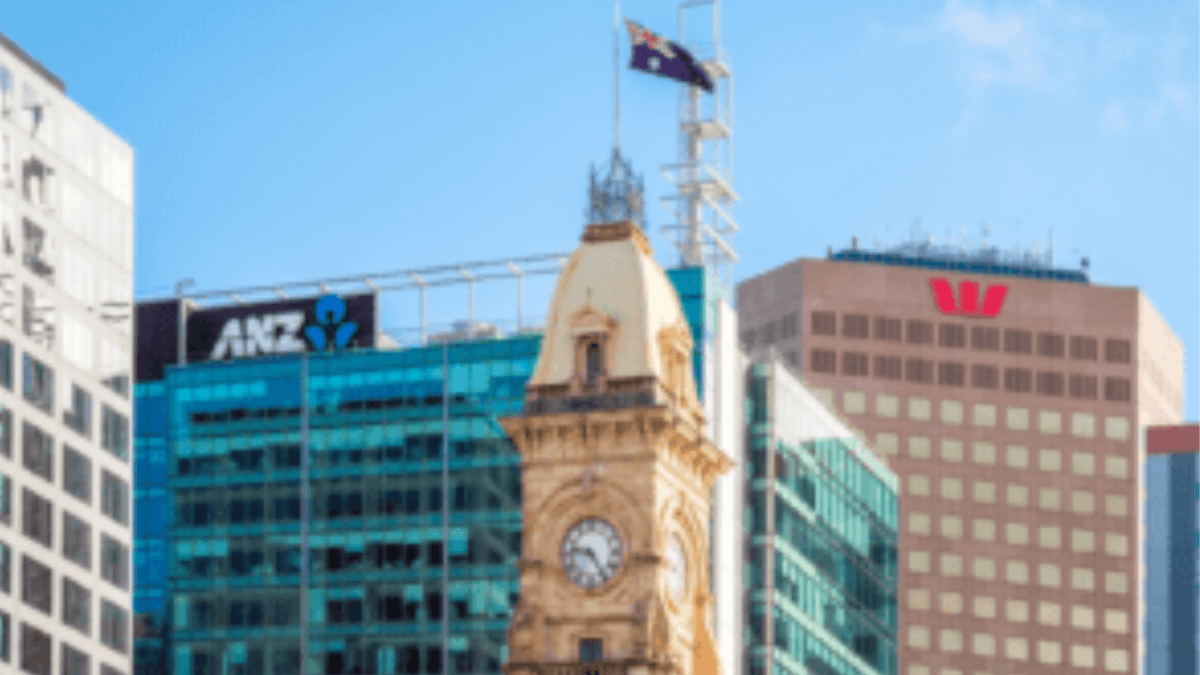FAANG Stocks still the engine room of the Nasdaq 100
The Nasdaq 100 powered to all-time highs last year, driven by the famous “FANG+” stocks.
Nasdaq Total Returns

While making up just nine of the 100 stocks in the Nasdaq, the ten FANG+ stocks – Facebook (now called Meta Platforms, which ruins the acronym a touch), Amazon, Apple, Nvidia, Netflix, Google (which trades under the name of its parent company, Alphabet), Microsoft, Tesla, Baidu – provided almost two-thirds of the index’s return in 2021, according to Bloomberg data.
Top 10 Nasdaq-100 Index movers over 12 months to 31st December 2021

Their strong performance has meant these companies are becoming increasingly influential in determining the performance of the Nasdaq 100.
Nine out of the ten FANG+ stocks are in the Nasdaq 100 (Alibaba is the exception).
And these nine stocks now take over half of the weight of the Nasdaq, as of January 2022. This means the Nasdaq 100 index is more sensitive than ever to their share prices.
The growth of the FANG+ has meant that they continue to take an increasingly large share of other share market gauges, too.
The eight FANG+ companies included in the S&P 500 (Alibaba and Baidu are not in the S&P 500) account for 26% of its weight as of January 2022. This is up from roughly 5% in July 2013, and up from 17% in July 2021 (with the sharp sudden jump owing partly to Tesla’s index inclusion in 2021.)
Their strong performance over the years has meant that indexes that owned more of the FANG+ have performed better than those that own less of them. The Nasdaq, for instance, outperformed the S&P 500 due partially to its larger position in these stocks.

With the growing clout of these companies in mind, ETF Securities launched the ETFS FANG+ ETF (ASX:FANG). It takes some of the most concentrated positions in the FANG+ stocks of any ETF on the ASX. It takes equally weighted positions in each, at rebalance.
Valuations: are the FANG+ cheap?
According to Bloomberg data, which compiles estimates from Wall St analysts, the profit growth of the FANG+ is set to be above the Nasdaq 100 over the next three to five years. The profit growth estimates (Bloomberg BEST LTG EPS Growth) for the Nasdaq is 14%, compared with 38% for the FANG+ Index.

And FANG earnings do not look especially expensive, either. On valuations, the forward price/earnings (P/E) ratio of the Nasdaq 100 Index is 26.4 times, while the FANG+ Index sits only slightly higher at 27.9 times, as of 1 February 2022, according to Bloomberg.
Interestingly, most the FANG+ stocks are cheap according to Morningstar (table above), with almost stocks posting a price-to-fair-value ratio under 1, indicating that these names are trading under their fair value. Alibaba looks especially cheap, with Morningstar’s analysts describing it as “materially undervalued” for a “wide moat” stock.









